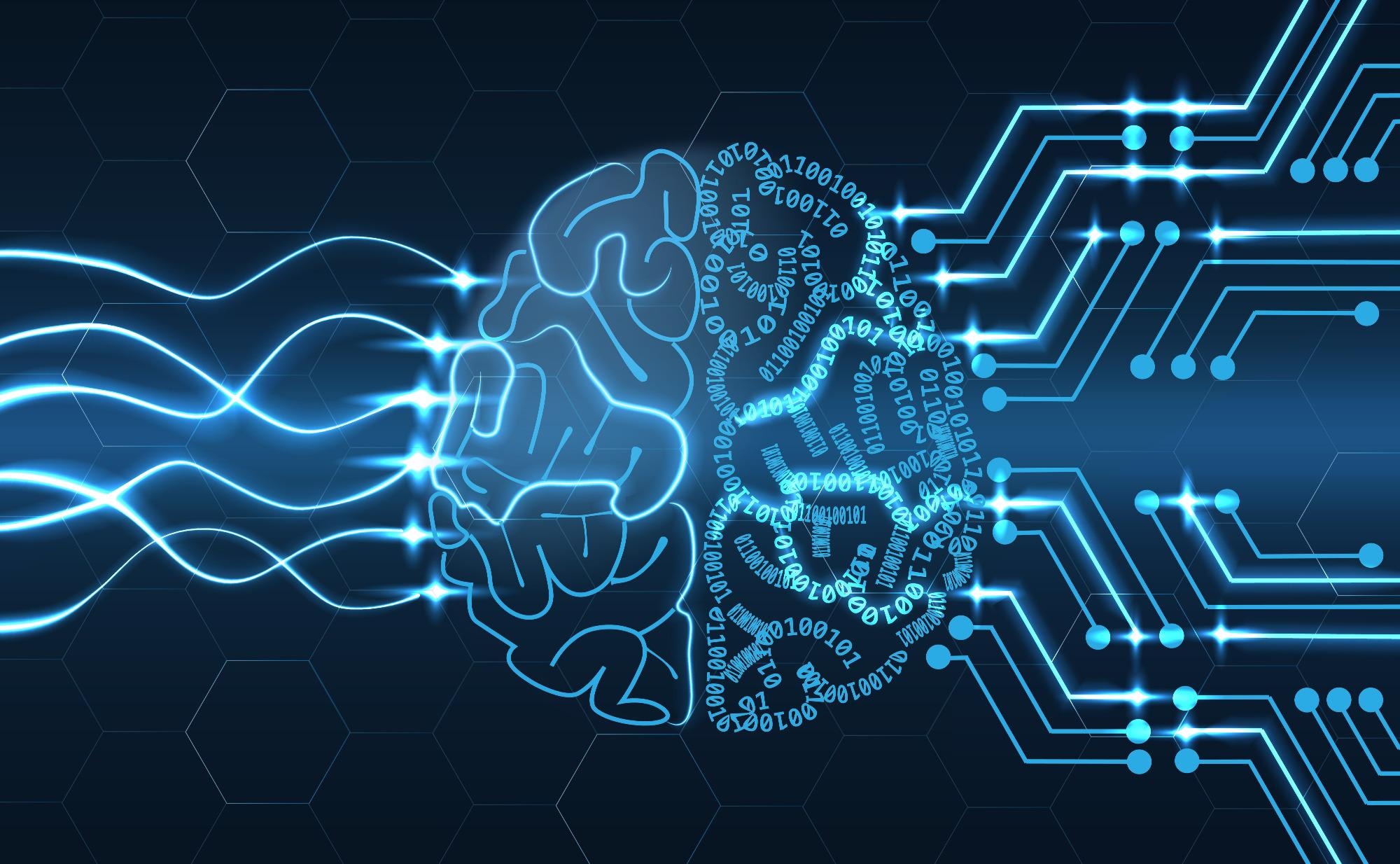Artificial Intelligence (AI) and Machine Learning (ML) can be used to tackle crucial issues like climate change and carbon emissions, which could bring humanity one step closer to achieving our sustainability goals. However, increased use of AI and ML technologies can also have an impact on greenhouse gas emissions which means creating a sustainable form of these technologies is key to the wider picture of climate consciousness.

Image Credit: Shutterstock.com/ Laurent T
Recently, a group of researchers led by Professor Lynn H. Kaack at Berlin’s Hertie School published a paper in the journal Nature Climate Change investigating how AI and ML technologies may impact greenhouse gas emissions – both positively and negatively – and what measures can be taken help to align AI/ML policy with climate change goals.
The aim of the study is to establish how the emissions from AI/ML activities can be quantified in order to better understand how the increasing use of these technologies is influencing the climate.
Climate change should be a key consideration when developing and assessing AI technologies. We find that those impacts that are easiest to measure are not necessarily those with the largest impacts. So, evaluating the effect of AI on the climate holistically is important.
Professor Lynn H. Kaack, Hertie School
Categories of Emissions Impact
To paint a clear picture and better understand the impact of AI/ML technologies on the climate, the researchers divided the impact of emissions into three distinct categories: computing-related impacts, immediate impacts of applying ML and system-level impacts.
Using this framework, Kaack and her team were able to identify certain priorities relative to evaluating each of the various impact scenarios while helping develop potential policy points for decision-makers to shape the impact of AI & ML on climate change-related action
Some of the factors that have a direct impact on each of these categories also include increased demand for products and services that make use of AI and ML applications, changes in consumer lifestyles as well as how AI and ML are used in both the economy and industry. Therefore, as well as providing a framework that could assist the decision-makers of public policy, the framework could also be used by the private sector when developing their technologies.
IPCC and Preserving the Climate Goals of the Future
Recently, the Intergovernmental Panel on Climate Change (IPCC) cited Kaack’s paper in its most recent report as they approach the difficulties associated with how the growth of artificial intelligence and machine learning may impact global greenhouse gas emissions.
As the impact of such emissions remains vague and uncertain, due to the diverse mechanisms through which they occur, many difficulties are presented when it comes to measurement and forecasting. Hence why the researchers set about trying to resolve these issues.
Research areas such as life cycle analysis and industrial ecology can now build on the AI-specific considerations in our study.
Professor Lynn H. Kaack, Hertie School
The ultimate impact of AI and ML on the climate is far from predetermined, and policy decisions will have a significant role in defining its eventual impact. This will necessitate a comprehensive set of approaches across policy, industry, and academia to encourage uses of AI and ML that are congruent with preserving new climate change strategies and goals while alleviating the potential impacts of any applications that may contradict such climate change goals.
In 2020, a study published in Nature Communications titled ‘The role of artificial intelligence in achieving the Sustainable Development Goals' identified that AI could positively influence 93% of environmental targets which includes assisting in the development of new smart cities and low carbon enterprises, as well as advances in IoT technologies and modification of smart energy grids.
However, to ensure these benefits are realized to their full potential, the role of AI and ML as a contributor should not be overlooked. Thus, promoting the practice of more holistic and multidimensional model evaluations, such as those demonstrated in the paper by Kaack et al., could help policymakers and industry take appropriate measures for mitigating the impact of these technologies on the environment.
References and Further Reading
Kaack, L., Donti, P., Strubell, E., Kamiya, G., Creutzig, F. and Rolnick, D., (2022) Aligning artificial intelligence with climate change mitigation. Nature Climate Change, [online] Available at: https://www.nature.com/articles/s41558-022-01377-7
Hertie School. (2022) Assessing the impact of AI and ML on greenhouse gas emissions. [online] Available at: https://www.hertie-school.org/en/news/allcontent/detail/content/assessing-the-impact-of-ai-and-ml-on-greenhouse-gas-emissions
Disclaimer: The views expressed here are those of the author expressed in their private capacity and do not necessarily represent the views of AZoM.com Limited T/A AZoNetwork the owner and operator of this website. This disclaimer forms part of the Terms and conditions of use of this website.